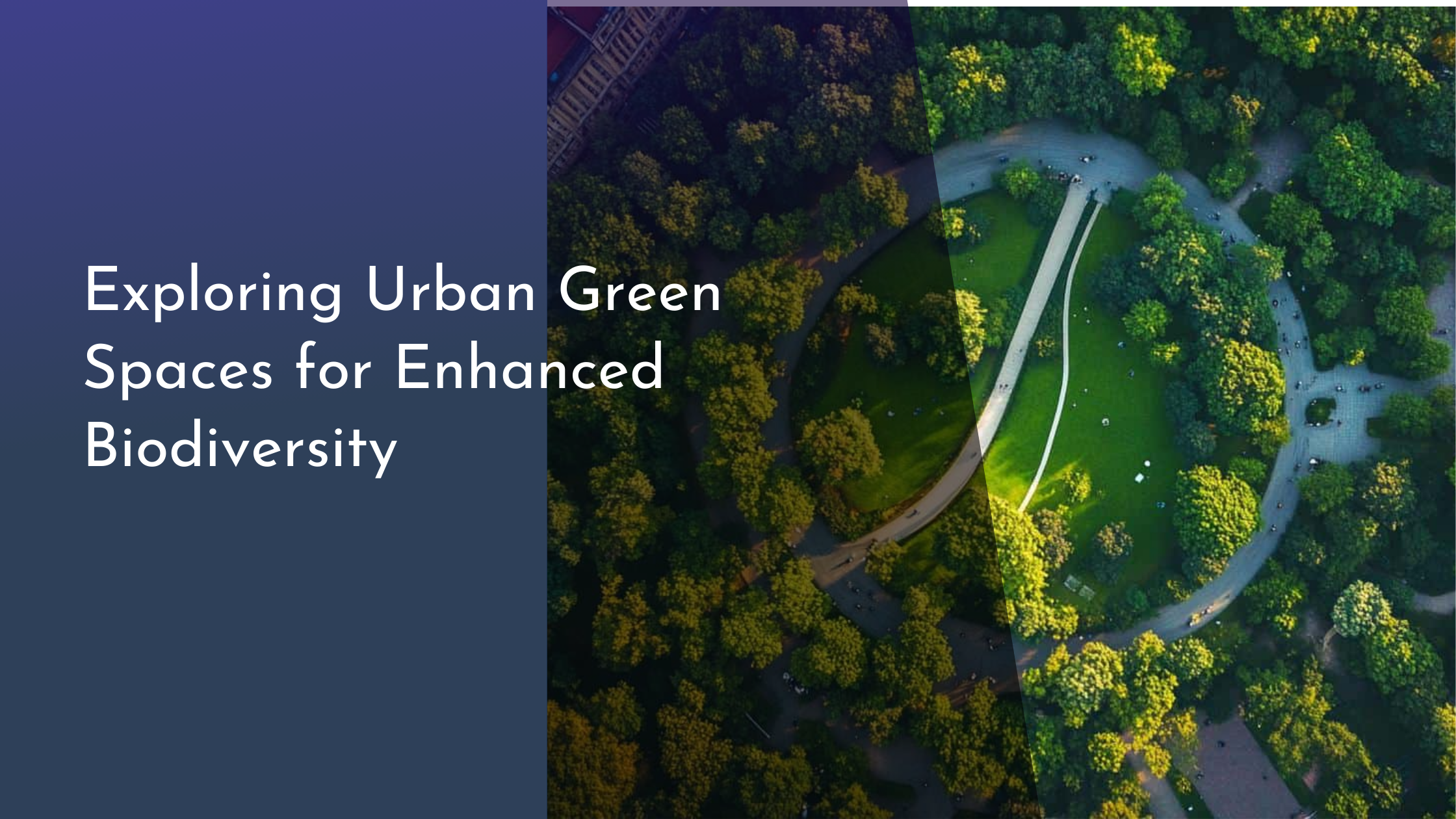Exploring Urban Green Spaces for Enhanced Biodiversity
Urban green spaces serve as the lungs of our cities, providing essential ecological benefits and enhancing the quality of urban life. These verdant oases are not just valuable for their aesthetic appeal, but they also play a crucial role in supporting biodiversity within the urban environment. As cities continue to grow, the preservation and enhancement of green spaces become increasingly vital. In this article, we will explore the importance of urban green spaces, the various types they come in, strategies to bolster biodiversity, and why these spaces bring joy to urban dwellers.
Discovering the Importance of Urban Green Spaces
Urban green spaces are integral to the health and well-being of city dwellers. These natural environments help mitigate the urban heat island effect, reducing temperatures and creating cooler microclimates. Moreover, they act as carbon sinks, absorbing carbon dioxide and releasing oxygen, thus helping to improve air quality. Green spaces also play a critical role in water management by allowing rainwater to percolate into the ground, reducing the risk of flooding and promoting groundwater recharge.
Beyond their environmental benefits, urban green spaces serve as social and recreational hubs. They provide residents with opportunities for physical activities such as walking, jogging, and playing sports, which are essential for maintaining a healthy lifestyle. Additionally, these spaces foster community interactions, offering venues for social gatherings and cultural events. By contributing to the physical and mental well-being of individuals, urban green spaces enhance the overall quality of life in cities.
Types of Urban Green Spaces and Their Benefits
Urban green spaces come in various forms, each offering unique benefits. Parks are perhaps the most recognized type, providing open areas for recreation and relaxation. Community gardens are another valuable green space, offering residents the chance to cultivate plants and vegetables, thus promoting local food production and sustainability. These gardens also served as educational platforms, teaching children and adults alike about the importance of nature and nutrition.
Green roofs and walls are innovative urban green spaces that transform building surfaces into lush environments. They not only enhance the aesthetic appeal of structures but also offer insulation, reduce energy consumption, and support urban wildlife such as birds and insects. Street trees and urban forests are equally important, as they line city streets and create corridors for wildlife movement while improving air quality and reducing noise pollution. Each type of urban green space contributes uniquely to the urban ecosystem, making cities more livable and environmentally sustainable.
Strategies for Enhancing Biodiversity in Cities
To enhance biodiversity in urban areas, cities can adopt several strategies. One effective approach is to create and maintain wildlife corridors that connect isolated green spaces, allowing species to move freely and genetic diversity to thrive. Additionally, planting native vegetation encourages local wildlife to settle and flourish, as these plants provide familiar food and shelter. Incorporating a variety of plant species can also create habitats for different animal species, thus promoting a balanced ecosystem.
Another strategy involves engaging local communities in conservation efforts. By involving residents in activities such as tree planting, habitat restoration, and biodiversity monitoring, cities can foster a sense of ownership and stewardship among urban dwellers. Educating citizens about the importance of biodiversity and sustainable practices can further reinforce the value of urban green spaces, encouraging ongoing efforts to preserve and enhance these vital environments.
Concluding Thoughts: The Joy of Urban Greenery
Urban green spaces are a source of joy and inspiration for city residents. They offer a welcome contrast to the hustle and bustle of urban life, providing peaceful retreats where people can connect with nature. The presence of trees, flowers, and wildlife brings a sense of tranquility and wonder, encouraging mindful reflection and relaxation. In these spaces, individuals can escape the stresses of city living and appreciate the beauty and resilience of nature.
Moreover, urban greenery fosters a sense of community and belonging. As people come together to enjoy these shared spaces, they forge connections and celebrate their collective identity as urban dwellers who care for their environment. By cherishing and nurturing urban green spaces, we not only enhance our cities’ biodiversity but also enrich our lives, creating vibrant communities that thrive in harmony with nature.
In conclusion, urban green spaces are essential components of healthy and sustainable cities. They provide critical ecological services, enhance biodiversity, and offer myriad benefits to urban residents. By recognizing their importance and implementing strategies to preserve and enhance these spaces, we can ensure that our cities remain vibrant, livable, and in tune with the natural world. Embracing urban greenery brings joy to our lives and strengthens our connection to the environment, reminding us of the beauty and significance of nature in our urban landscapes.

